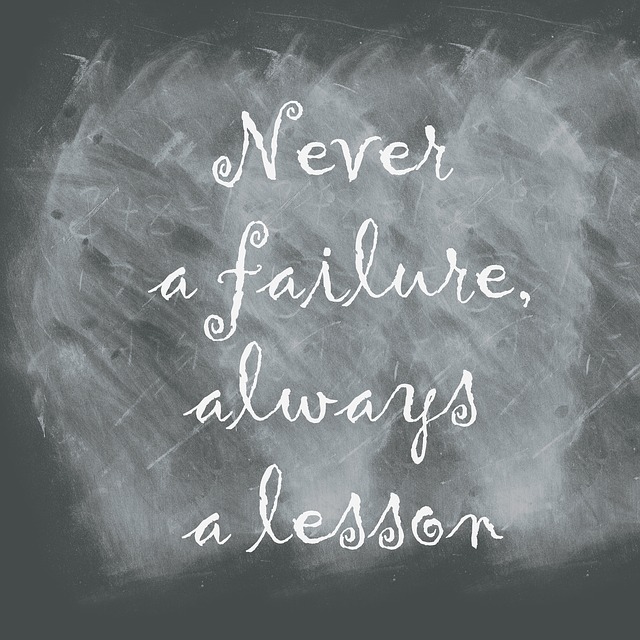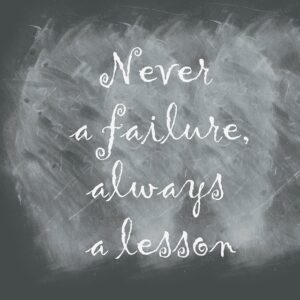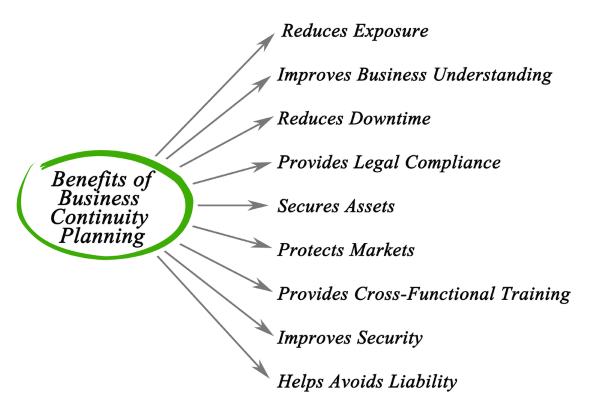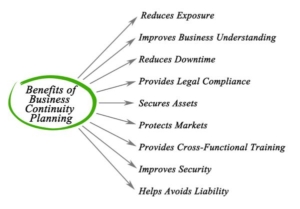
The Christmas creep is once again upon us and Pumpkin everything is being taken over by early Black Friday sales. Businesses are keying in on how to drive sales, increase consumer interest and create limited-time offers. Where in the mix is Thanksgiving?
If your company is looking to take advantage of seasonal marketing ideas, it’s best to look at some of the biggest brands in your space to see what they do to drive sales and pique consumer interest in your own business. Small businesses can compete by delivering unique products, outstanding customer service and using hashtags in posts that will pop up in social media when consumers are searching.
1. Look for easy seasonal hype
One of the easiest ways to jump into seasonal sales around the holidays is to prepare for and participate in Black Friday sales and holiday shopping days such as Small Business Saturday, which encourages people to shop locally. These days are already ingrained into people’s minds as shopping events, so it’s an easy way to jump on the bandwagon. When plugging into the seasonal sales events be sure to hashtag your social media postings.
We recently worked with a hair salon to help them plan the remainder of the 4th quarter. This included a food drive collection, special pricing on gift cards, bundling of unique products for sale on Small Business Saturday, and posting holiday hours well in advance to ensure clients were able to get their services done. Branded social media images can help increase awareness days and prescheduling posts can save time and eliminate the pressure of last-minute planning.
2. Develop an annual marketing plan
How are you incorporating monthly awareness events and fun days into your social media plan? For example, we worked with a mobile dog groomer and in her social media plan, incorporated “National Cat Day”. Restaurants have “National Taco Day”, “Chocolate Day”, etc. Think about how you can align your business. Did you know in November that it’s Military Family Appreciation Month, Men’s Health Awareness, National Hospice Month, National Literacy Month to name a few? December brings about Cat lovers month, Write a Business Plan Month.
If you are a B to B or a B to C – aligning with some of these causes and adding hashtags will help to increase your brand awareness.
3. Capture Emails and Go from Seasonal to Subscription or stay in touch with news updates
By increasing your email list, you can touch your “fan base” with news, offers, and discounts. Use the list to create a subscription service. For example, restaurants may have a VIP wine club that members pay a fee to belong. What does that get them? Perhaps access to specialty wines nonmembers can’t experience, wine pairing events, as well as other perks.
If you are a B to B, we utilize a given process to increase your newsletter subscribers. Why is that important? It keeps your company top of mind to supporters and people who you want to do business with. For our construction clients, we share news on new projects, project updates and community involvement.
4. Plan your own seasonal sale
It’s planning ahead to take advantage of one-off discount days. Where I see businesses fall short is they lack the advanced time to promote and plan. Think about your celebration and consider offering this on an annual or quarterly basis.
We work with an eye doctor and they have an annual back to school sale. Every year in August and September they promote this sale. Their customers know it is coming and they are booked solid. They don’t discount prices throughout the year, only at this event.
The holidays may be right around the corner, but by planning ahead, your business can create its unique holiday promotions that will help you increase sales, grow brand awareness and connect with customers. Need help in pulling a plan together? Email us or call 724-612-0755 and ask about our Business Marketing Planning Package.
About the author: Autumn Edmiston is the CEO and owner of the Edmiston Group. The Edmiston Group is a multifaceted Pittsburgh based marketing consulting firm providing senior-level marketing management services to businesses and non-profit organizations on a short or long-term basis. Core areas of service are business development strategies, website creation and management, social media management, marketing, strategic planning, and public relations. The Edmiston Group has consistently delivered and implemented real-world, proven business marketing ideas and strategies for business.








 As a business owner, you wear a lot of hats. When you opened your business chances are you were the bookkeeper, marketer, as well as the person who worked in your business. You opened your business with a strong vision but the road to success isn’t always easy. You go to battle every day against:
As a business owner, you wear a lot of hats. When you opened your business chances are you were the bookkeeper, marketer, as well as the person who worked in your business. You opened your business with a strong vision but the road to success isn’t always easy. You go to battle every day against:
 Business owners often find frustration in being found in a crowded market. There will always be someone with a larger budget and more resources. Think of how Amazon and Walmart are going head to head. Who will come up with the most unique strategy? A national eye care company such as Pearl Vision or America’s Best compete against an independent optometry office. Making a dent to gain market share is never easy but using a blend of strategy, tenacity, and innovation is the key to winning.
Business owners often find frustration in being found in a crowded market. There will always be someone with a larger budget and more resources. Think of how Amazon and Walmart are going head to head. Who will come up with the most unique strategy? A national eye care company such as Pearl Vision or America’s Best compete against an independent optometry office. Making a dent to gain market share is never easy but using a blend of strategy, tenacity, and innovation is the key to winning.
 With the 4th of July closing with a bang, it is hard to wrap your mind around the fact that it is time to begin planning for the fall and winter holiday seasons as you end 2019. Whether you offer B2B or B2C services, planning is essential for growth.
With the 4th of July closing with a bang, it is hard to wrap your mind around the fact that it is time to begin planning for the fall and winter holiday seasons as you end 2019. Whether you offer B2B or B2C services, planning is essential for growth.
 Are you ready to scale your business but don’t know how to bring on the right team? Don’t base decisions on where you are – base them on what you want to become. One of the first things to determine is what type of company do you want to become.
Are you ready to scale your business but don’t know how to bring on the right team? Don’t base decisions on where you are – base them on what you want to become. One of the first things to determine is what type of company do you want to become.
 We create original articles for a number of our clients to help them keep their name in front of potential referral sources, current customers and potential customers. Working in tandem with business development staff, we have helped businesses systematically grow their email lists in given market segments.
We create original articles for a number of our clients to help them keep their name in front of potential referral sources, current customers and potential customers. Working in tandem with business development staff, we have helped businesses systematically grow their email lists in given market segments.


 If you’re good at what you do, you will have no problem keeping customers happy and coming back to use your services time and time again. But it’s getting the word out there to obtain those customers in the first place that can be challenging.
If you’re good at what you do, you will have no problem keeping customers happy and coming back to use your services time and time again. But it’s getting the word out there to obtain those customers in the first place that can be challenging.